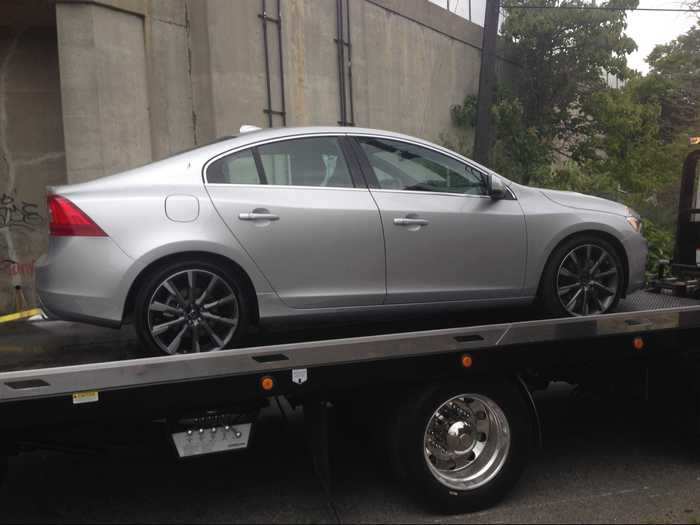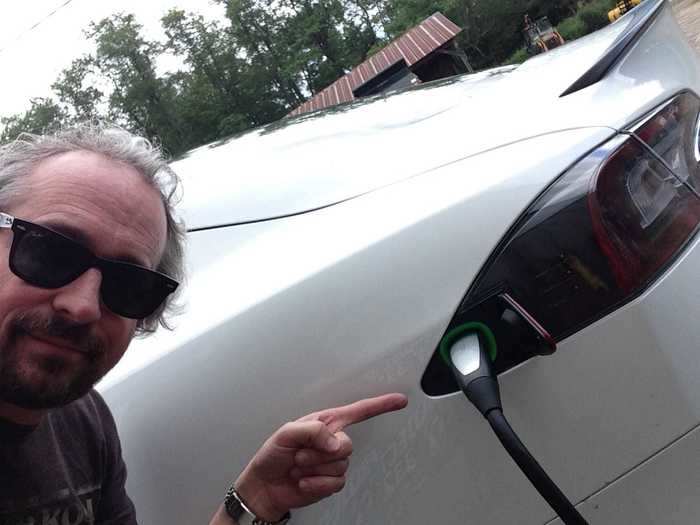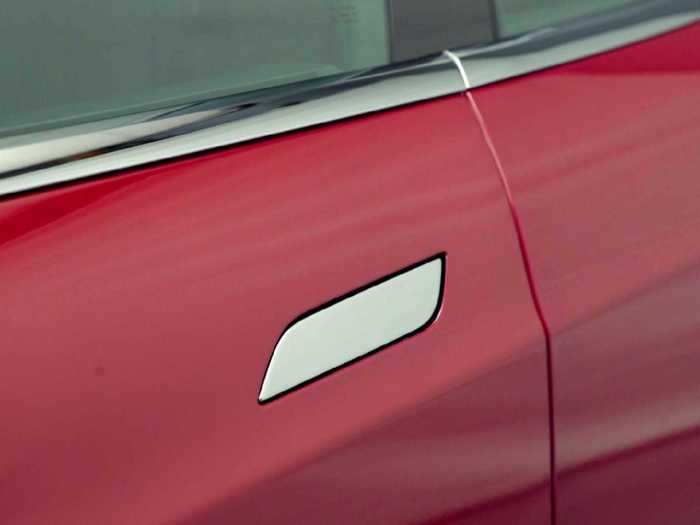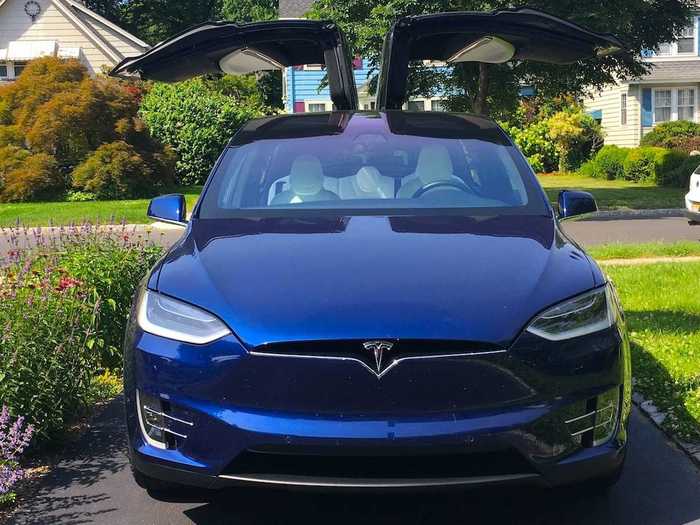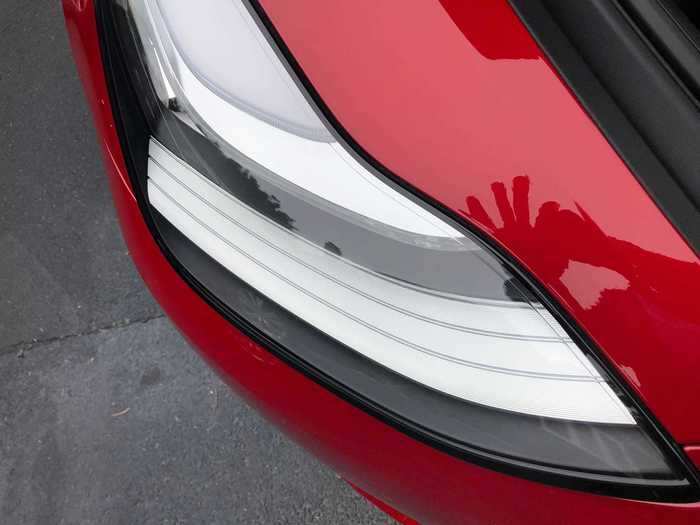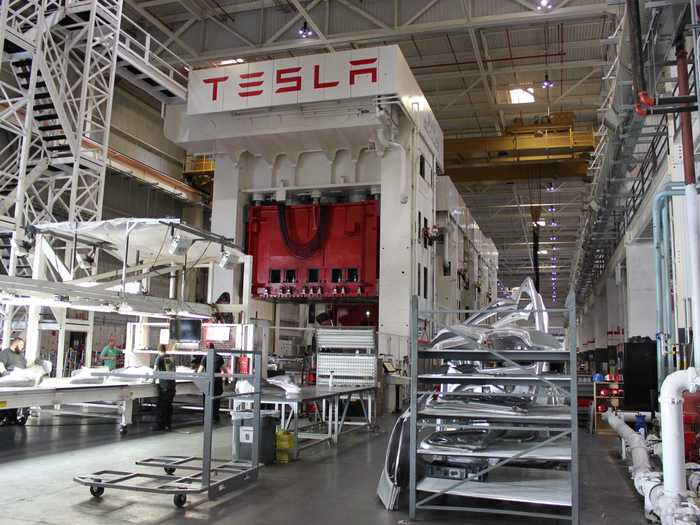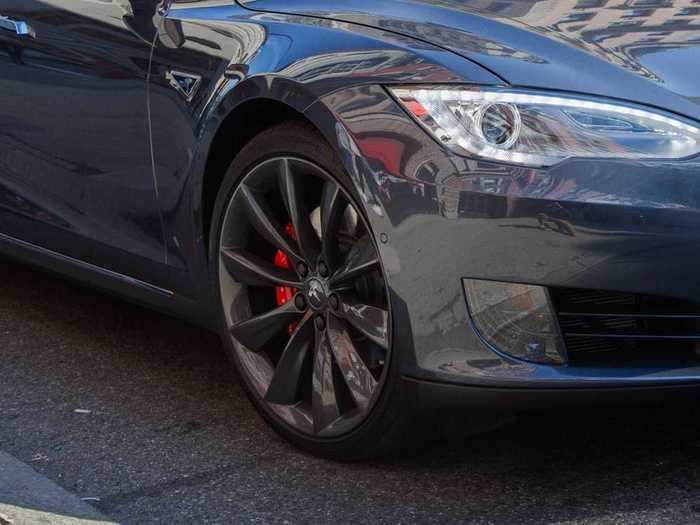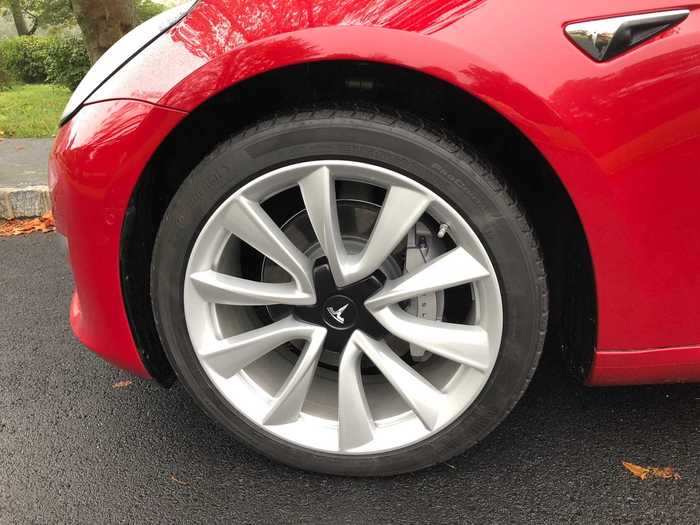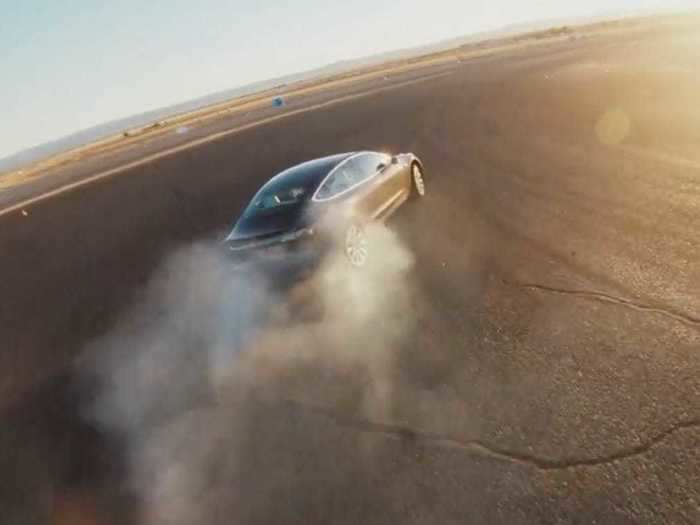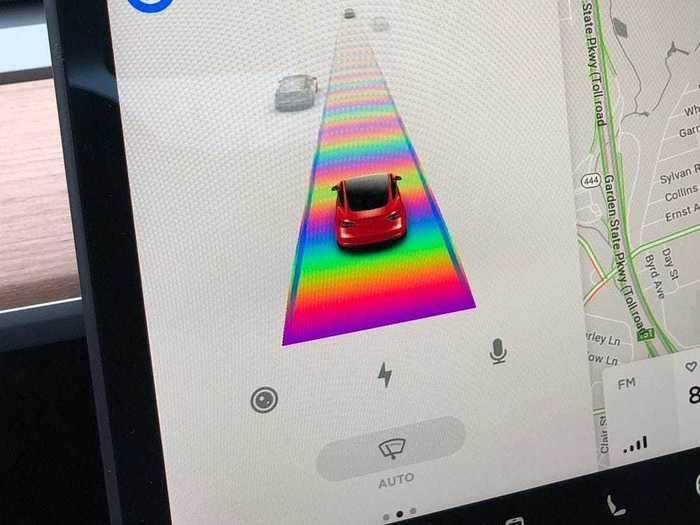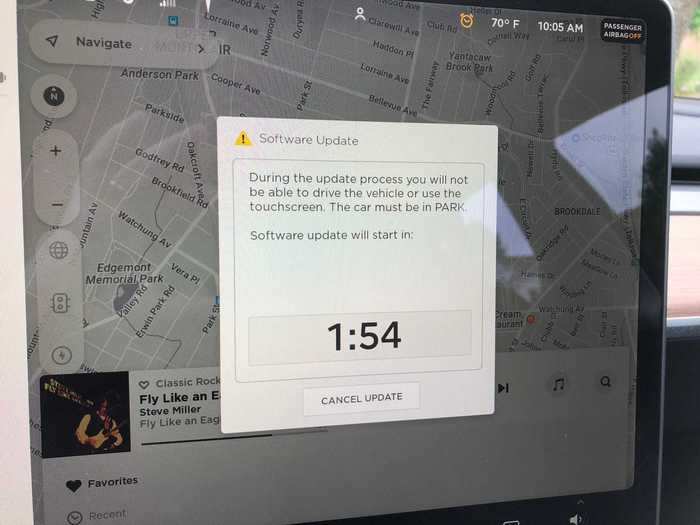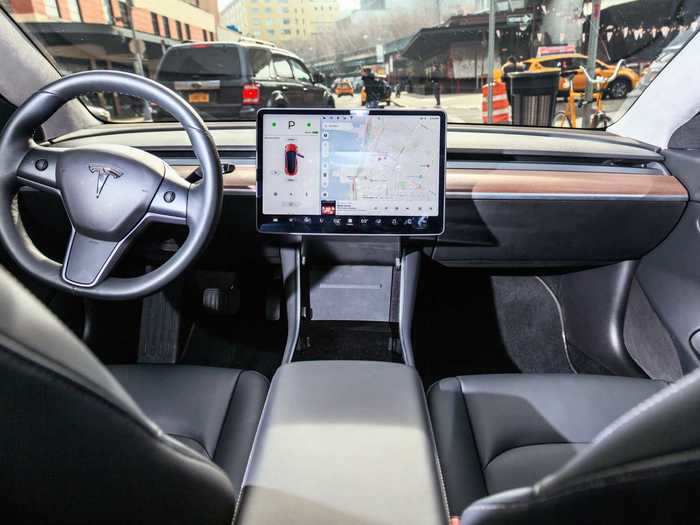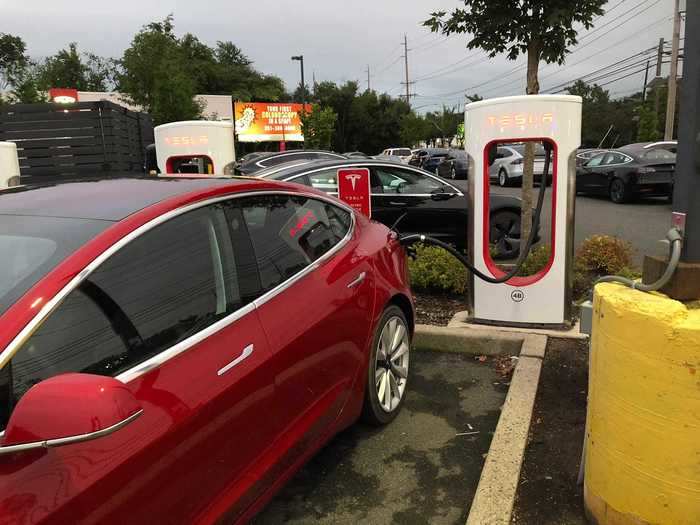Keep it simple!Hollis Johnson/Business Insider
- Traditional cars come with elaborate maintenance schedules that require owners to develop a close relationship with dealers and mechanics.
- Tesla vehicles are mechanically simpler than gas-powered cars. As a result, they require less attention. Tesla also routinely improves its vehicles using over-the-air software updates.
- Still, there are some areas of maintenance that Tesla owners need to keep an eye on.
- Visit Business Insider's homepage for more stories.
There's really no debate: electric cars are much easier and less costly to maintain than gas-powered cars.
Tesla makes nothing but EVs, so its owners can say goodbye forever to oil changes and various other common gas-drivetrain maintenance responsibilities. In many ways, all Tesla owners need to do is wash their cars regularly and wait around for over-the-air software updates to keep vehicles in tip-top condition.
Tesla owners do need to pay attention to a few important maintenance issues, however — eventually, electric-vehicle batteries have to be replaced (they can only manage so many charge cycles), and Tesla hasn't reinvented the good old-fashioned tire, at least not yet.
Here's a rundown of all the ways that keeping a Tesla on the road is different from a gas-powered vehicle:
Read the original article on
Business Insider
Towing. Just like a gas-powered vehicle, if a Tesla won't budge, a call to a towing service is unavoidable.
Running out of gas. Doesn't happen much these days, but in a gas-powered vehicle, a call to a roadside-assistance service gets you a few gallons in relatively short order. With a Tesla, however, fully depleting the battery means potentially hour upon on hour of recharging, depending on access to Level 1, 2, of DC fast-charging locations.
... The self-presenting door handles on early Model S vehicles cause problems. Tesla has also undertaken several recalls, although not many on balance.
Legacy design issues. Teslas are generally beloved by owners, but some vehicles suffer from engineering missteps. The Model X's falcon-wing doors, for instance, are rather complicated ...
Components. Tesla owners can't escape minor repairs, such as replacing aging headlights or worn-out suspension parts.
Interiors. Over time, most car interiors start to show their age. Tesla's much-coveted white interior is likely to suffer this process. However, I routinely check out interiors on older Teslas, and I've yet to find one that looks really bad. I think this is thanks to a combination of quality and owner obsessiveness.
Bodywork. For the Tesla Model S and X, aluminum body construction means that accidents can get expensive. The Model 3 and Model Y vehicles should be cheaper to repair.
Brakes. On traditional cars, brakes pads need to be changed every 50,000 miles, and sometimes sooner. Brake rotors need to be replaced. But because Tesla uses regenerative braking, pads and rotors are subjected to less wear. Owners can expect to change pads more like every 100,000 miles.
Tires. When it comes to tires. Teslas are just like all other vehicles as far as the rubber hitting the road. Four new premium tires could run $1,000, before installation costs.
Battery replacement. Tesla hasn't been around long enough to require replacement of their largest and most expensive component. However, this is where gas-powered vehicles have a slight advantage. A new Tesla battery could cost between $5,000-7,000, while a new gas tank is about $1,000. A whole new motor, however, could be more than $3,000.
Performance upgrades. Again, by using over-the-air software updates, Tesla can unlock additional performance from an owner's vehicle. There are some limitations, due to vehicle age and drivetrains, but for a traditional car, enhancing performance often means bringing a mechanic into the process.
Easter eggs. Every time Tesla updates software, it usually throws in a few Easter eggs for fans, such as the Rainbow Bridge, a reference to the "Thor" movies.
Semi-self-driving upgrades. Tesla's Autopilot system has been continually improved for many vehicles through over-the-air software upgrades, rather than through hardware improvements.
Engine computer updates. For most traditional cars, an upgrade to the engine control unit means a trip to a dealer or authorized technician. With Teslas, most software tweaks are handled via over-the-air upgrades.
Fuel additives. These compounds, added to gas tanks to clean engine parts, are controversial, but some owners swear by them. Teslas require only electricity, however, so that's one less thing for an owner to worry about.
Assorted fluids. Traditional cars have plenty of other fluids besides engine oil to keep an eye on — and so do Teslas. For example, Tesla's simple transmission requires, infrequently, a filter change, and door hinges still need to be lubricated. But on balance, the electric drivetrain is almost fluid-free.
Oil changes. It's a way of life for owners of traditional vehicles: every few thousand miles, manufacturers recommend changing the engine oil and oil filter. Some owners are scrupulous about schedules — some just do it twice a year. Teslas have no engine oil, so their owners don't ever have to think about changing it.

